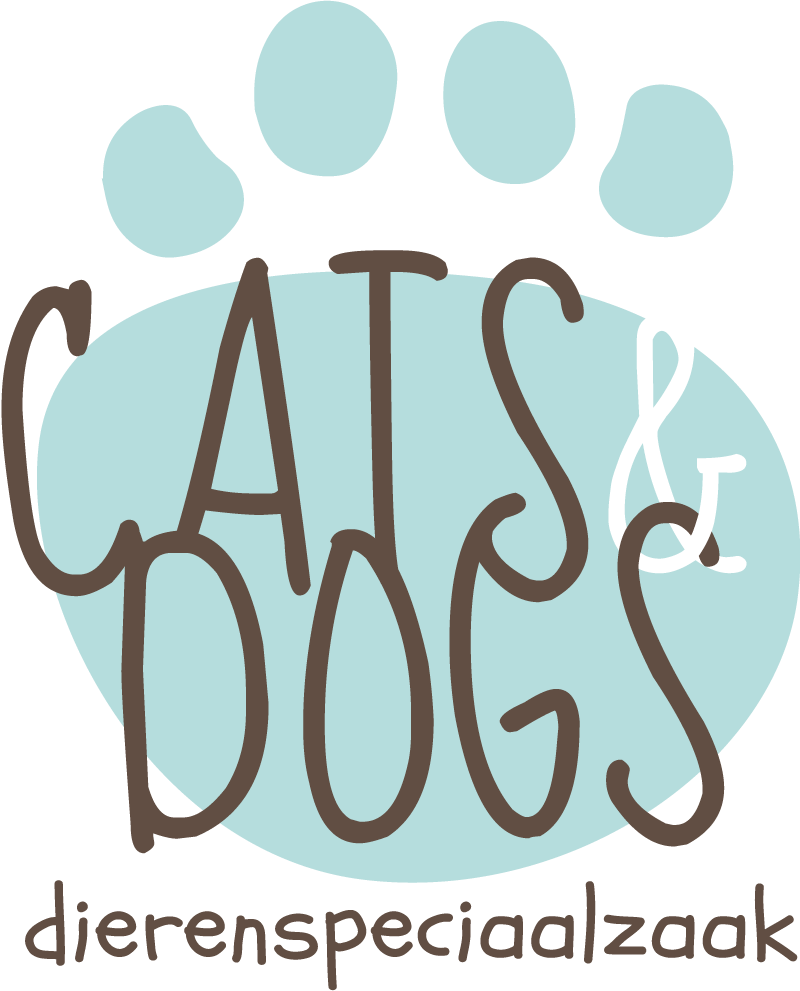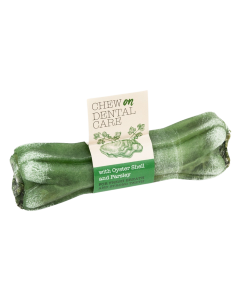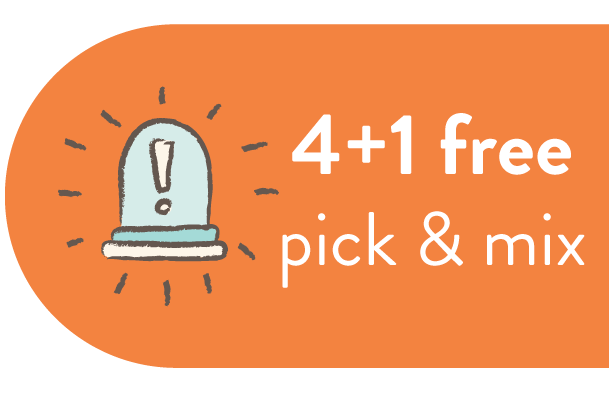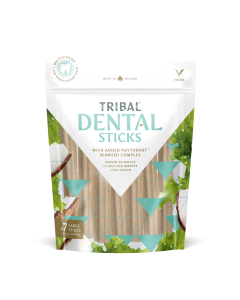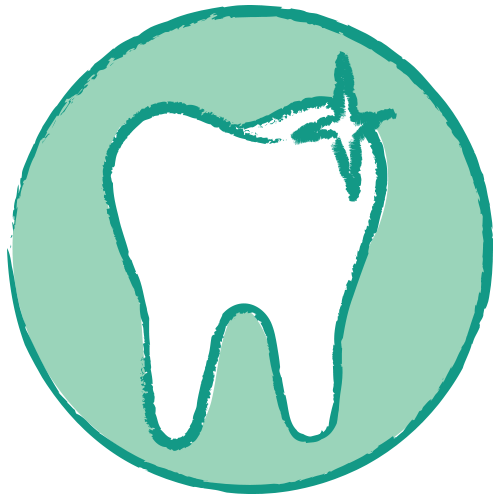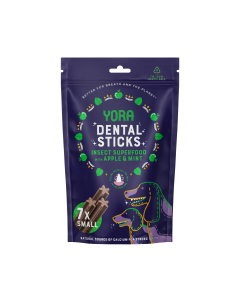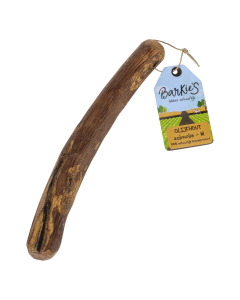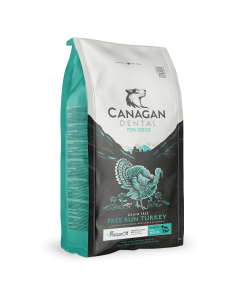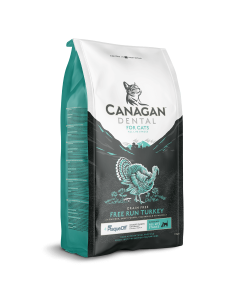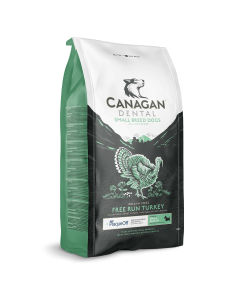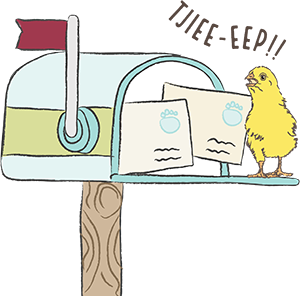C&D - Brushing Your Dog’s Teeth
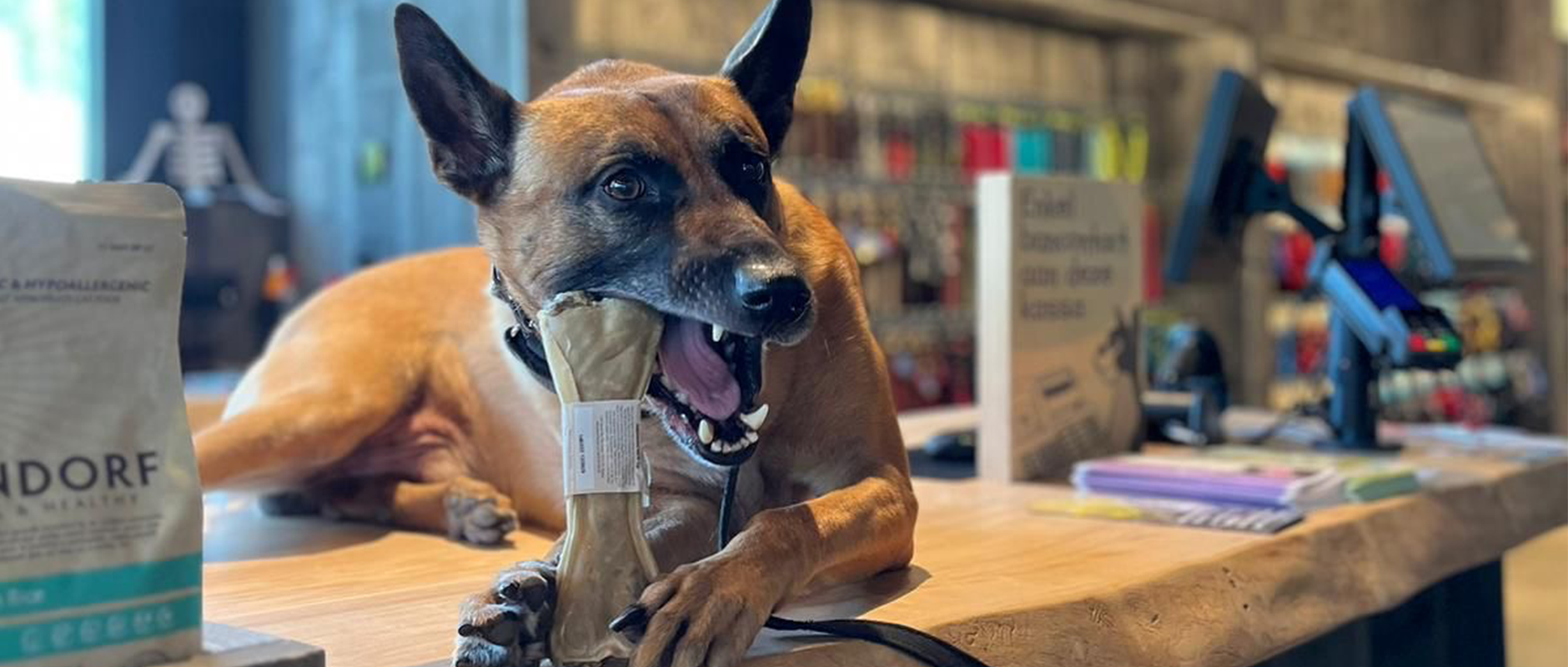
Brushing Your Dog’s Teeth: Why, How Often, and Does Mouthwash Really Work?
Good oral hygiene isn’t just important for humans—it matters for dogs, too. Healthy teeth and gums contribute to your four-legged friend’s well-being and quality of life. But how do you approach it? And does mouthwash for dogs really make sense?
Start Early: Getting Puppies Used to It
For puppies, brushing the baby teeth isn’t really necessary, as they usually fall out around five months of age. However, it’s important to start getting your puppy used to dental care from an early age. This prevents stress later on, when your dog is grown and regular brushing truly becomes necessary.
Step 1: Touch the lips. Do this at a calm moment, for example when your puppy is relaxed.
Step 2: Touch the gums. Gently lift the lips and touch the gums with your finger.
Step 3: Use a finger cloth or dental wipe. This lets your puppy feel a different texture and learn to accept new sensations.
Step 4: Introduce the toothbrush. After the adult teeth have come in (around 5–6 months), you can start using dog toothpaste.
Chewing: The Natural Dental Care for Dogs.
Besides brushing, chewing also plays an important role. Healthy chew snacks rub against the teeth and help remove plaque. Chewing also stimulates saliva production, and saliva contains natural antimicrobial substances that fight bacteria in the mouth.
Choose healthy, conscious snacks such as:
-
- ChewOn chews, for example ChewOn Dental with parsley and oyster shell
- Hard vegetables such as carrots
- Durable chew toys like Bam-Bones (available in all our stores)
Note: Avoid dental sticks with added sugars, as these can actually cause dental problems.
Nutritional Supplements: Additional Support.
A popular and effective supplement is ProDen PlaqueOff, made from seaweed and algae. It stimulates enzymes that deactivate plaque, helping to prevent bad breath and gum inflammation. Some dog foods already include this supplement in their formula.
Mouthwash for Dogs: Does It Really Help?
Mouthwash may seem convenient, but in practice it’s the least effective option. Because you only add a small amount to an entire bowl of water, you have no control over how much your dog actually ingests. It can make a small contribution, but it’s certainly no replacement for brushing, chewing, and proper nutrition.
Conclusion:
-
- Start early by getting your puppy used to dental care.
- Brush regularly once the adult teeth have come in.
- Provide healthy chew snacks and consider a supplement such as PlaqueOff.
- Mouthwash isn’t enough: use it only as an extra.
By teaching these habits, you can prevent tartar, gum inflammation, and bad breath, and help your dog maintain healthy teeth and a happy smile.
